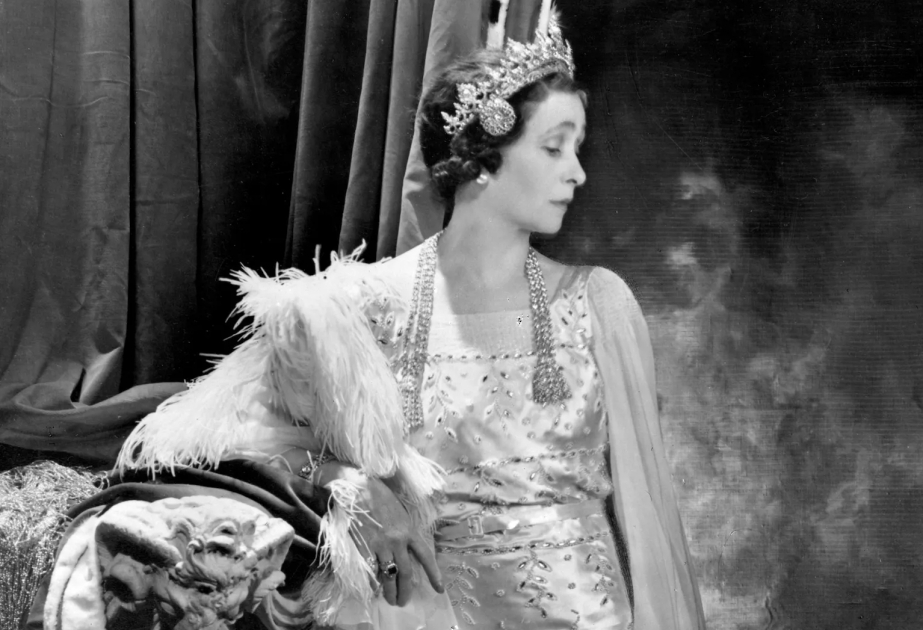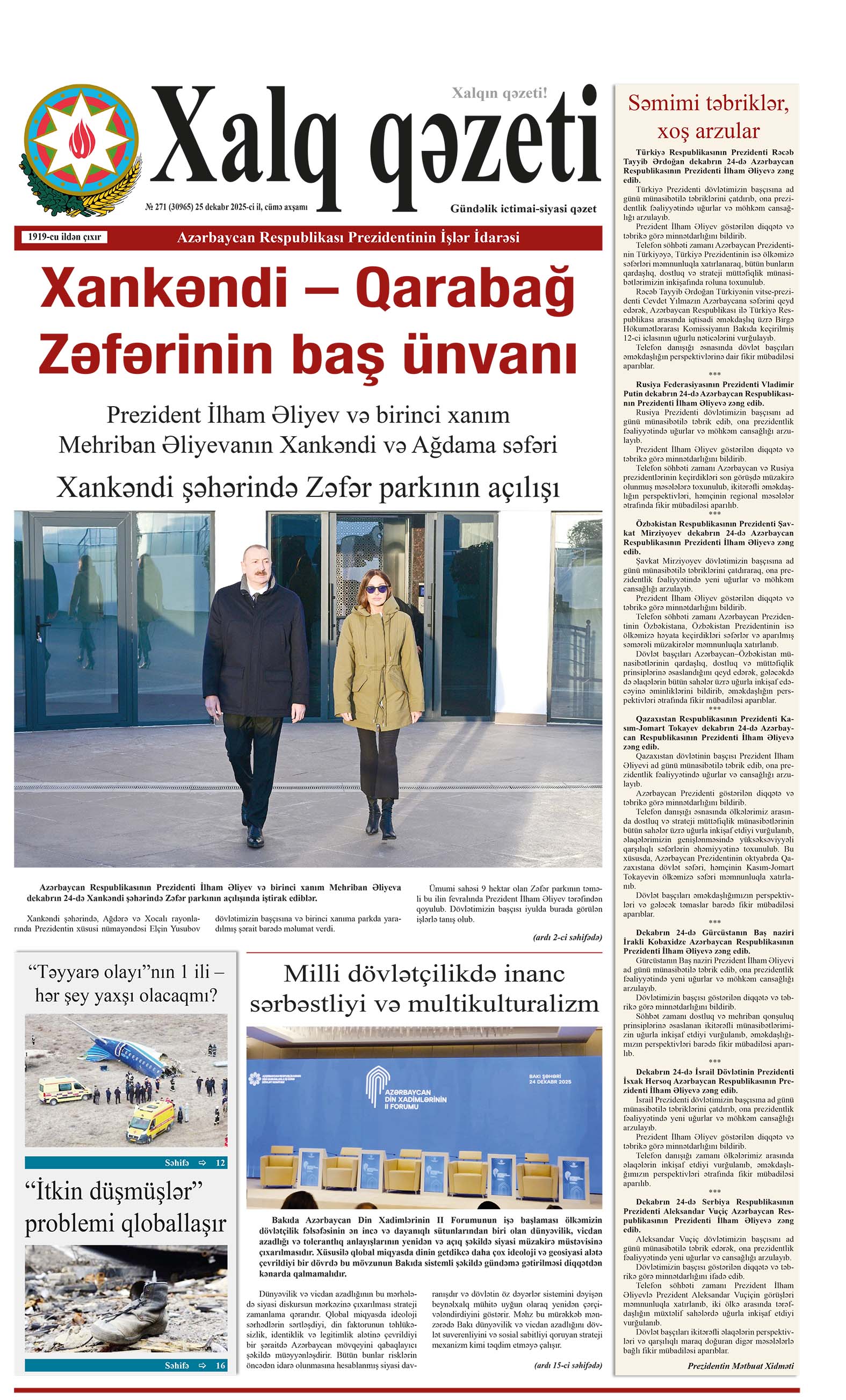The star of Sotheby’s upcoming jewelry auction is a rare 18th-century diamond necklace that hasn’t been seen in public in five decades and may have a connection to Marie Antoinette’s undoing, according to National Jeweler.
The Georgian-era piece is composed of three rows of diamonds totaling approximately 300 carats, with a diamond tassel at each end.
Making its debut at auction from a private collection in Asia, the necklace is estimated to sell for 1.6 million to 2.4 million CHF ($1.8 million to $2.8 million).
While its exact origin story is not known, Sotheby’s said the piece likely was created in the decade preceding the French Revolution, which took place from 1789-1799.
The auction house has described the piece as one of the rarest and most historically important diamond necklaces ever to come to auction, having remained “miraculously intact” since its creation more than two centuries ago.
The necklace could only have been created for royalty or a high-ranking aristocrat at a court of the Ancien régime, most likely the French or English court, Sotheby’s said.
It once belonged to the Marquesses of Anglesey, a leading Anglo-Welsh aristocratic family with close ties to the British Royal family in the early 20th century, and it has been worn to at least two British coronations.
Marjorie Paget, Marchioness of Anglesey—eldest daughter of Henry Manners, eighth Duke of Rutland, and wife of the sixth Marquess of Anglesey—wore the necklace to the coronation of King George VI in 1937, along with the famous Anglesey tiara.
In 1953, her daughter-in-law, the seventh Marquess of Anglesey, wore the same suite of jewels to the coronation of Queen Elizabeth II.
She parted with the piece sometime in the 1960s, Sotheby’s said.
n 1976, it was exhibited in the Bicentennial Exhibition at the American Museum of Natural History in New York before being acquired by the private collector who has owned it ever since.
Jewels from the Georgian era (1714-1830s) are characterized by opulence and versatility, exemplified in the diamond necklace, also known as a négligée, which can be worn around the neck with the tassels hanging or tied in a simple knot.
The diamonds in this particular piece are all old mine brilliant cuts, each weighing 1 to 1.5 carats, and likely were sourced from the Golconda mines in India.
Golconda diamonds, found in the 4th century B.C., were the first diamonds in the world to be discovered.
Though India’s famed diamond mines ran dry nearly 200 years ago, Sotheby’s said Golconda diamonds are still considered to be the “purest and most dazzling” diamonds ever mined.
Some of the diamonds in the piece, according to the auction house, may have come from the famous necklace at the center of the “Affair of the Necklace” scandal (pictured below), which led to the rise of the French revolution and, eventually, Marie Antoinette’s execution in 1793.
It will begin with a public exhibition at Sotheby’s New Bond Street in London from Sept. 24-25, followed by Sotheby’s Maison in Hong Kong (Oct. 3-5); Sotheby’s New York (Oct. 9-10); Singapore’s Conrad Singapore Orchard Hotel (Oct. 18-19); the Hua Nan Bank International Convention Centre in Taipei (Oct. 21-22); and Sotheby’s Dubai (Oct. 28-30).
Sotheby’s Royal and Noble Jewels sale will take place live on Nov. 11 at Geneva’s Mandarin Oriental, while online bidding will begin Oct. 25.
The auction house’s Magnificent Jewels sale in Geneva will follow on Nov. 13.




.webp)













